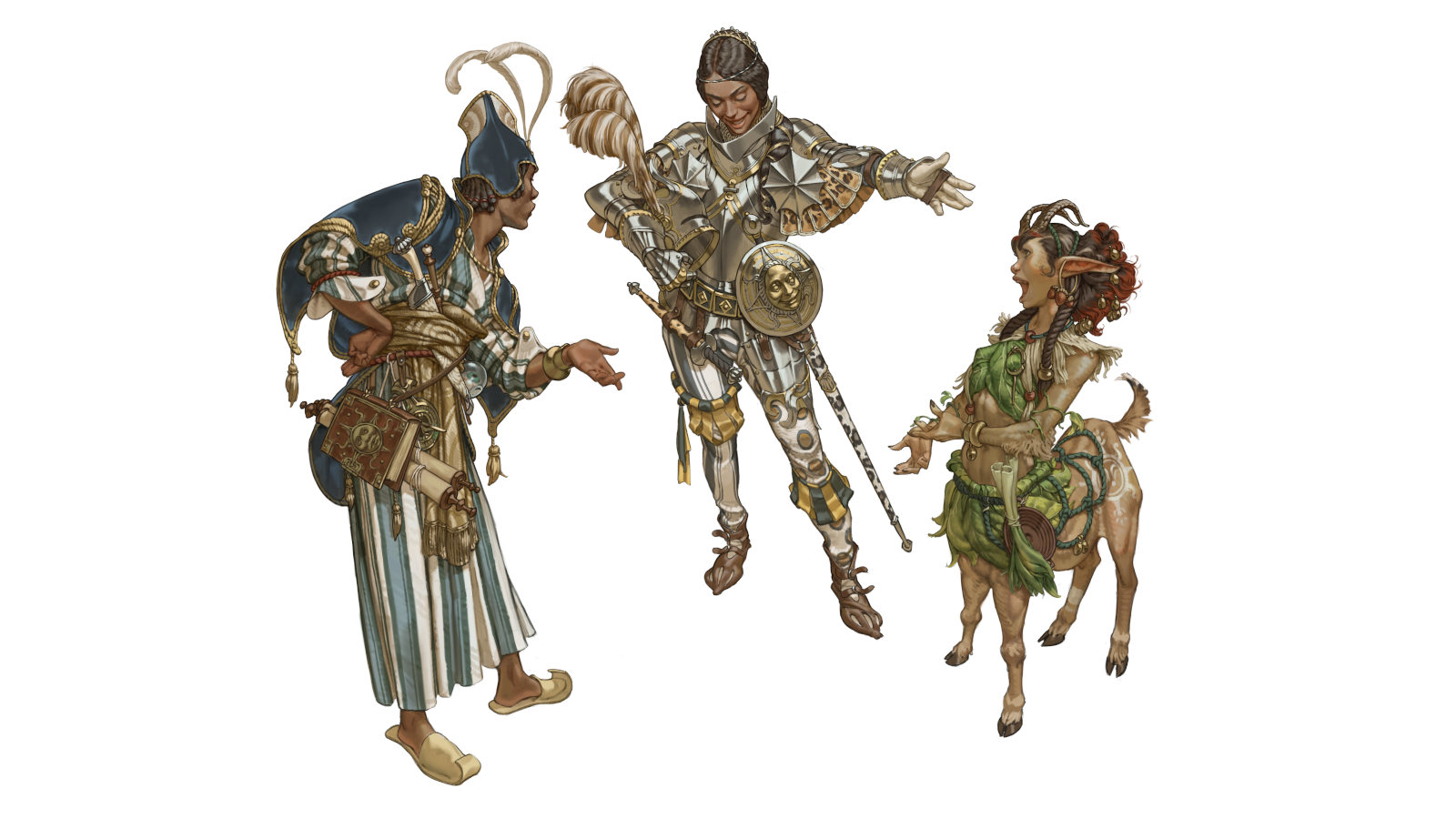8 pro tips for branding success
Industry experts give you a designer's guide to tackling a branding project, from pitch to delivery.
To succeed in design, you need to understand branding, which is why Computer Arts is hosting Impact Conference, a special event dedicated to the art of branding, in London on March 6. You'll find details of the day and how to get a discounted ticket here. But meanwhile, to get you in the mood, we've brought together eight top tips for branding success, with the help of a panel of industry experts...
01. Pitch in
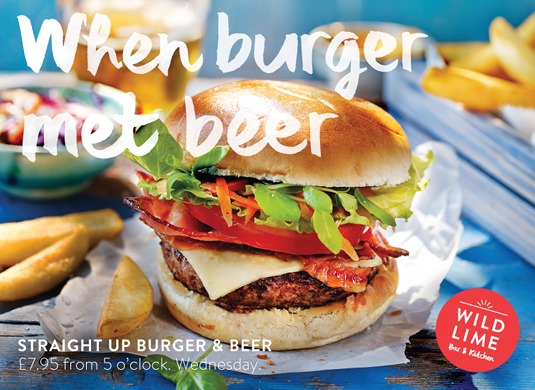
Pitching for work: an inconvenience, at best; at its very worst, it's out-and-out terrifying. But in the increasingly competitive world of branding it's a necessary evil.
Pitching is essentially the art of storytelling: explaining, as emotively as possible, why a potential client should put their brand in your hands, and what you'll do with it if they do.
Research shows, during a pitch, you have just four to six minutes of your client's undivided attention, so think message not medium. "Our way of working," & SMITH creative partner Rachel Smith says, "is to skip anything fluffy like 'brand promises' or 'essences' and get into the doing part as soon as we can." The London-based design agency doesn't take part in free creative pitches, but does promote a direct approach in early meetings with clients. "When we work on a project, we don't spend time describing it on a PowerPoint slide, we actually show the client what the brand will be like."
02. Digging deep
You've got the gig: what next? The foundations of any successful branding project lie in good research. Joe Duffy, creative director at Duffy & Partners, says his design firm will interview not just key clients but also their customers, considering the full gamut of opinions and emotions to highlight both potential pitfalls and opportunities. "We begin by taking a 'deep dive' into the brand's history, purpose, its audiences and the broader category in which it lives," Duffy says. "The learning from this work gets synthesised into a verbal brief."
Jessica Philpott says a strong strategic base defines what a company stands for and what makes it different. "Fewer words are better," the freelance designer and ex-creative director at The Partners says, "You should be able to capture the core brand idea in a few words."
03. Translating the brief
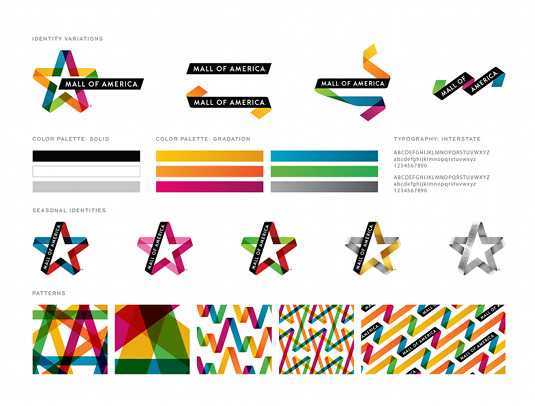
Especially when working with clients new to commissioning creativity, it's important to translate their verbal brief into something visual – as Duffy describes it, "a collage that captures the essence of where we can take the design."
Working closely with the client is key, here, ensuring they're involved at all stages of the creative process. If designer and client are in agreement with the overall direction of the project, it prevents any nasty surprises at the end of the job.
Translating a brief, Duffy goes on to say, requires a sound understanding of current trends: "Whether we're working on a new brand or refreshing an established one, like the Mall of America at its 20th anniversary, the process is virtually the same. In both cases, a keen knowledge of what's going on in popular culture - in the country of the brand's origin as well as globally - is critical."
04. First time lucky?
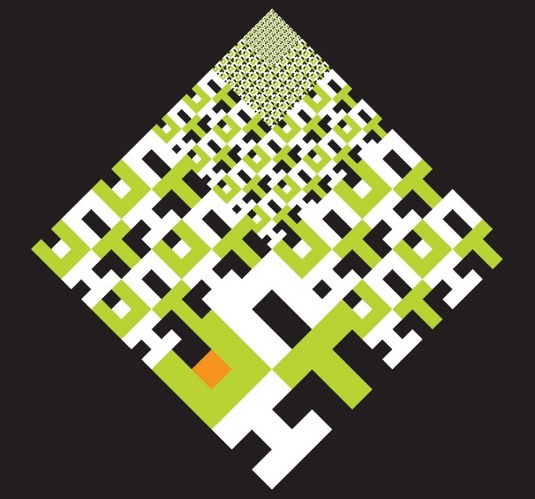
It's natural for a brief to fill you with inspiration. But, chances are, the first idea that comes to you isn't necessarily the best one.
"Statistically speaking," Michael Johnson, founder of johnson banks, says, "a first idea is only likely to be 'the one' five percent of the time. So be exhaustive and make sure you haven't missed a classic solution. Because if you do, you'll kick yourself for a long, long time."
05. Getting sketchy
Next comes the good bit: the designing. "With agreement on both aspects of the brief," Joe Duffy says, "we begin to sketch. We explore colour and typography, materials and form, imagery and more. We develop design with the visual brief as a filter for all ideas. We refine and share our design thinking into a presentation of visual brand language solutions for our clients."
But before you start designing, make sure that everyone involved is in agreement as to what the key issues you're trying to solve are. "Otherwise," Michael Johnson adds, "you'll start finding great solutions to the wrong problem."
Doing this, Jessica Philpott says, is a process of elimination. You should identify a range of creative territories - different ways of visually and verbally expressing the brand idea. "Gather thoughts and inspiration based on these territories," she says, "things that will inform logo, colour, typography, imagery and language. Doodle and draw - get it all up on a wall."
06. Options
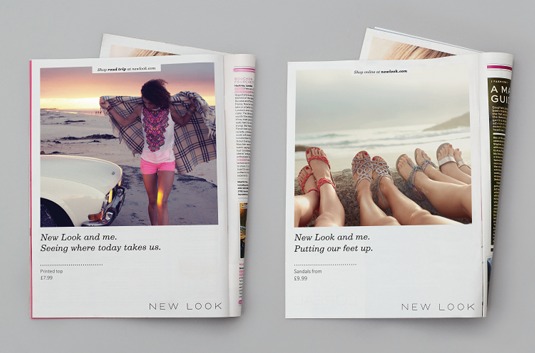
Clients like options. The consensus among our experts is it's best to present between two and four possible design directions. "We show finished-looking designs and words," says Rachel Smith. "We've teamed up with a company called We All Need Words to help us do that. It means the client gets our overall thinking - which requires the words and the design at the same time. We've approached all our most recent big projects this way, like the work we did for New Look and Wild Lime. We're planning to do more projects like this: words and design, and none of the brand strategy cobblers at all."
07. Production and presentation
The production stage should be a series refinements and modifications until you arrive at the final design. If it's part of your brief, now is the time to access brand standards. Again, ensure the client is involved throughout the production stage.
"Explore your designs over a range of applications," Jessica Philpott says, "to ensure they are the right solutions and will do everything they need to, and put together a presentation that will clearly guide the client through your thinking and rationale."
08. Does it make you proud?
While it's crucial to create branding that meets your client's needs, you also need to produce work that excites you - projects you're happy to carry your name and showcase in your portfolio.
"Only present designs that makes you genuinely proud," Joe Duffy concludes. "Consider how your time, talent and design will enhance the value of the brand as you build your compensation proposal. Your reputation and livelihood are dependent on these two things."
Words: Gary Evans
Exclusive offer: 20% off tickets for new branding conference
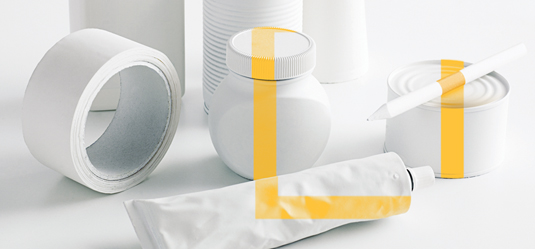
Impact Conference | London | 06 Mar 2014
Impact Conference is a new event brought to you by Computer Arts that celebrates creative excellence and consistency across branding design. It's an event you can't afford to miss - and we're offering Creative Bloq readers a massive 20 per cent off the ticket price. Simply:
- Visit the website
- Enter your registration details
- Add this Promotional Code when prompted: FRIENDS20
Why not share your own branding wisdom in the comments?

Thank you for reading 5 articles this month* Join now for unlimited access
Enjoy your first month for just £1 / $1 / €1
*Read 5 free articles per month without a subscription

Join now for unlimited access
Try first month for just £1 / $1 / €1
Get the Creative Bloq Newsletter
Daily design news, reviews, how-tos and more, as picked by the editors.

The Creative Bloq team is made up of a group of art and design enthusiasts, and has changed and evolved since Creative Bloq began back in 2012. The current website team consists of eight full-time members of staff: Editor Georgia Coggan, Deputy Editor Rosie Hilder, Ecommerce Editor Beren Neale, Senior News Editor Daniel Piper, Editor, Digital Art and 3D Ian Dean, Tech Reviews Editor Erlingur Einarsson, Ecommerce Writer Beth Nicholls and Staff Writer Natalie Fear, as well as a roster of freelancers from around the world. The ImagineFX magazine team also pitch in, ensuring that content from leading digital art publication ImagineFX is represented on Creative Bloq.
